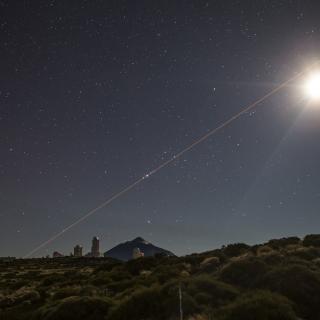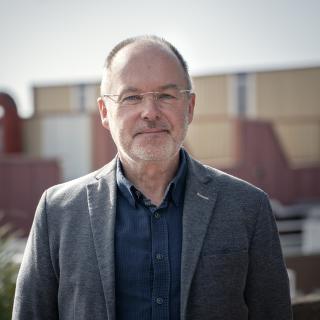It may interest you
-
 An international team, led by a student from Instituto de Astrofísica de Canarias (IAC), has detected a super-Earth orbiting in the habitable zone of GJ 3998, a nearby red dwarf located 59 ly away. The new planet, named GJ 3998 d, is the third planet found in the system. ‘GJ 3998 d is a welcome addition to the planetary census of our cosmic neighbourhood’, states Atanas Stefanov, a "La Caixa" funded PhD student at the IAC and the University of La Laguna (ULL) and the study’s lead author, published in Astronomy & Astrophysics . 'This super-Earth appears to be in the habitable zone of one ofAdvertised on
An international team, led by a student from Instituto de Astrofísica de Canarias (IAC), has detected a super-Earth orbiting in the habitable zone of GJ 3998, a nearby red dwarf located 59 ly away. The new planet, named GJ 3998 d, is the third planet found in the system. ‘GJ 3998 d is a welcome addition to the planetary census of our cosmic neighbourhood’, states Atanas Stefanov, a "La Caixa" funded PhD student at the IAC and the University of La Laguna (ULL) and the study’s lead author, published in Astronomy & Astrophysics . 'This super-Earth appears to be in the habitable zone of one ofAdvertised on -
 The Instituto de Astrofísica de Canarias is designing and developing, as ordered by the Spanish company Thales Alenia Space , the adaptive optics which will be a parto f the ground station for the GARBO project, the first Spanish geostationary system for distributing quantum keys by satellite. This is a decisive step in the field of secure quantum communication on a large scale, and will strengthn the position of Spain, and of Europe at the Forefront of this technology. Within the framework of the project the IAC will lead the development of the adaptive optics systems, and will participateAdvertised on
The Instituto de Astrofísica de Canarias is designing and developing, as ordered by the Spanish company Thales Alenia Space , the adaptive optics which will be a parto f the ground station for the GARBO project, the first Spanish geostationary system for distributing quantum keys by satellite. This is a decisive step in the field of secure quantum communication on a large scale, and will strengthn the position of Spain, and of Europe at the Forefront of this technology. Within the framework of the project the IAC will lead the development of the adaptive optics systems, and will participateAdvertised on -
 In the Museo de la Ciencia del Cosmos Boris Gänsicke will unravel the puzzle of how planetary systems will endAdvertised on
In the Museo de la Ciencia del Cosmos Boris Gänsicke will unravel the puzzle of how planetary systems will endAdvertised on